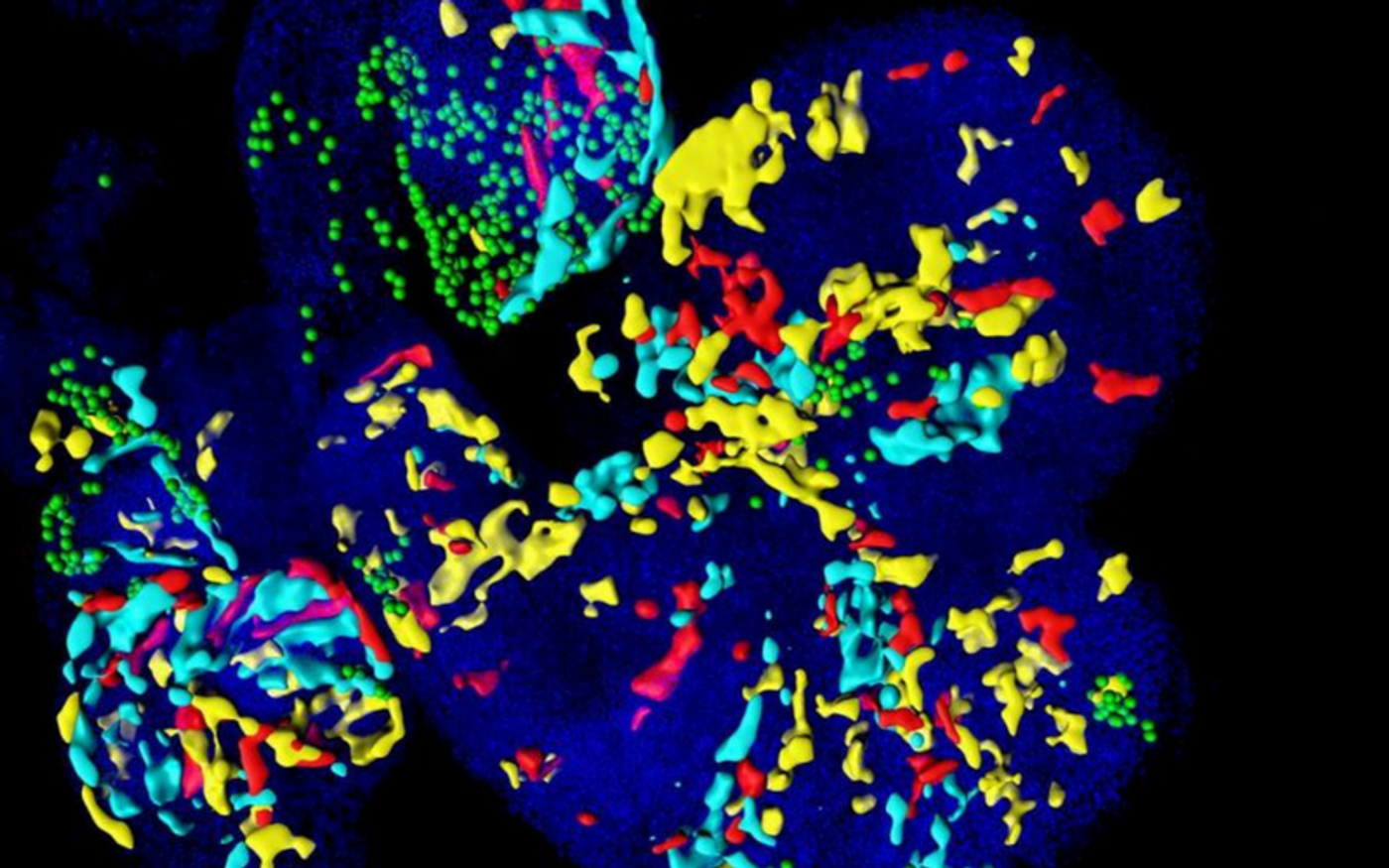Mesp1 Gene Activity Linked to Congenital Heart Defects
Early during development as the embryo begins to form, the heart is the first organ to materialize. So-called “progenitor” cells hold the key to the formation of specialized cells that provide essential functions in the heart: pumping blood and lining the blood vessels. From the Université Libre de Bruxelles in Belgium, scientists identify unique molecular features linked to each specialized cell type.
During embryonic development of the heart, timing is everything. Progenitor cells that eventually differentiate into all of the various specialized cell types (heart muscle cells, blood vessel cells, pacemaker cells) need to do so at the right time ensure no congenital heart defects will develop. These defects are the most common cause of severe birth defects in newborns.
Past research identified the involvement of the Mesp1 gene in producing a diverse array of progenitor cells in the heart. The new study, published in the high-impact journal Science, digs deeper into the relationship between Mesp1 activity and the generation of specific cardiac lineages that begin with unique progenitor cells and end with specialized heart cells.
Researchers from the study used a technique called single-cell transcriptomics to analyze the Mesp1 gene expression level of individual progenitor cells during various stages of embryonic development. From this initial analysis, they found that different populations of cardiac progenitor cells are molecularly distinct.
A similar analysis was done for progenitor cells in a “Mesp1 deficient context.” They found that without Mesp1, the progenitor cells could not differentiate into the various cell types the heart needed to continue normal development.
"Our new discoveries critically depended on recent technological innovations that now allow us to determine the gene activity profile of individual single cells,” explained senior author Bertie Gottgens. “Not only can we study minute cell populations, which wasn't possible before, but we can also use the computer to separate the individual single cells into subgroups or cell types, based on their gene activity profiles.”
Using bioinformatics techniques, the research team also determined that various groups of Mesp1-expressing progenitor cells have unique molecular features associated with specific cell lineages. They also identified the role of another gene, Notch1, in the distinction between lineages of cells that become heart muscle cells versus blood vessel cells.
The discoveries made in this study represent a new foundation of knowledge that future cellular therapies can be built upon to treat heart disease and prevent congenital heart defects. Future studies will elucidate further the roles of Mesp1 and Notch1, providing new “candidate genes” for new treatments to fix a broken heart.
Sources: Frontiers in Oncology, Universite Libre de Bruxelles









